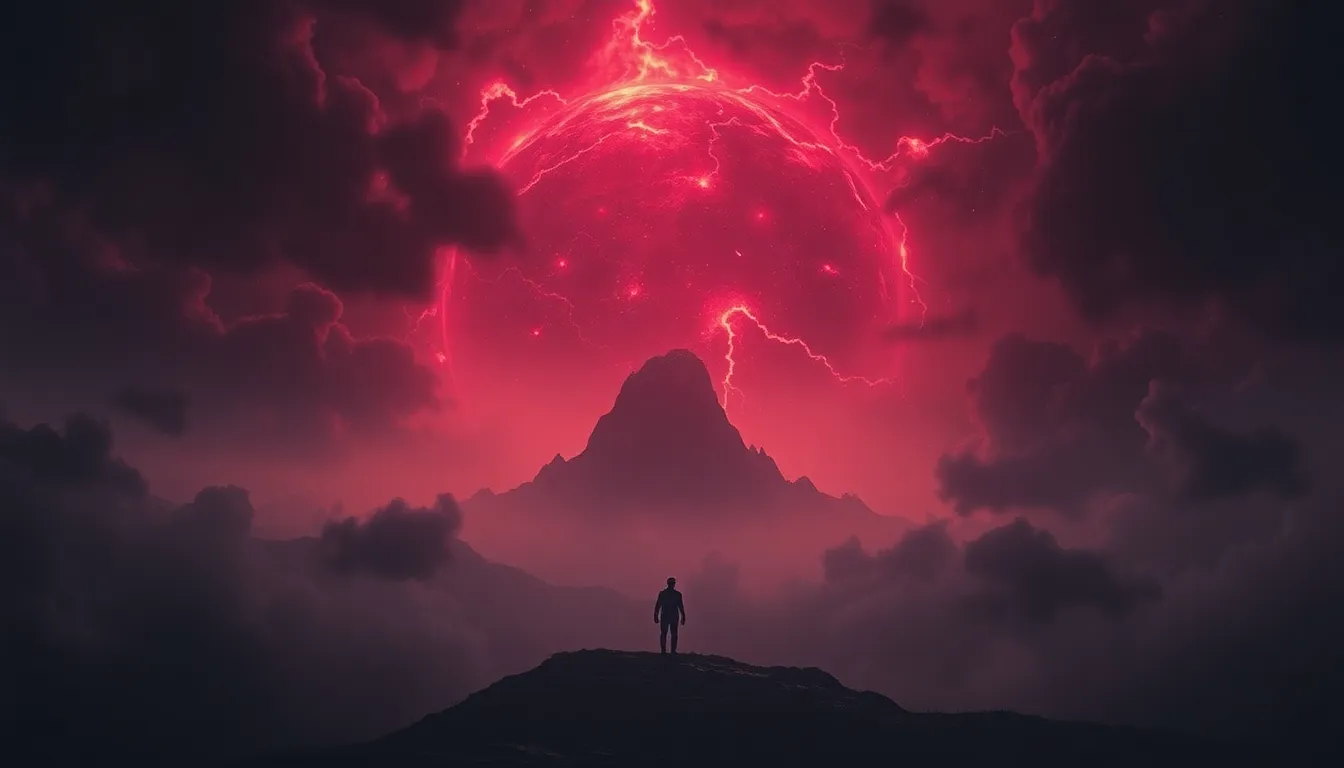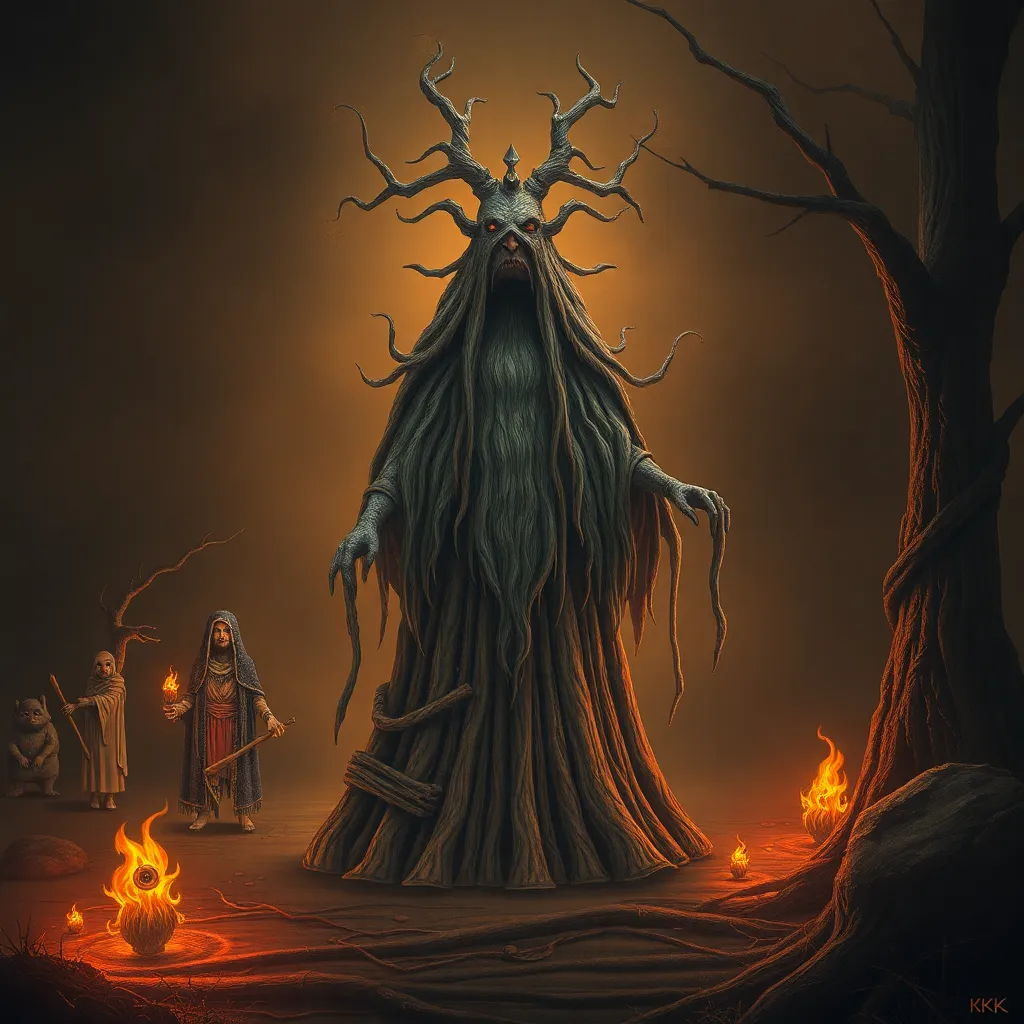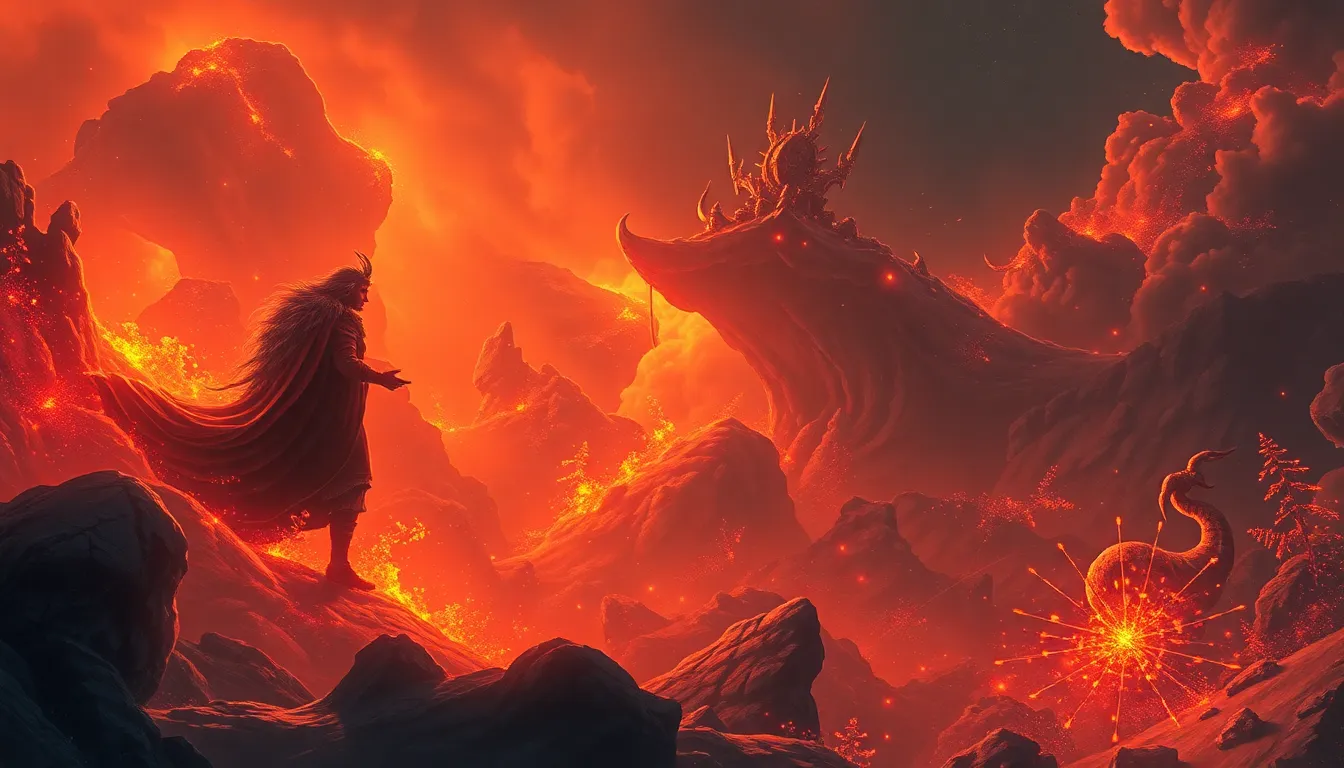End of the World Myths: How They Shape Our Fears
Introduction: The Allure of End of the World Myths
End of the world myths have captivated human imagination for centuries. These narratives, often steeped in mystery and foreboding, posit various scenarios in which civilization as we know it faces catastrophic destruction. They serve as cautionary tales, reflections of societal anxieties, and sometimes, as prophetic warnings.
Historically, these myths have been prevalent across cultures, often reflecting the fears and challenges of the times. Whether stemming from natural disasters, societal upheavals, or existential threats posed by technology, the allure of apocalyptic narratives resonates deeply with the human psyche. This article explores how these myths shape our fears, influence our behaviors, and are perpetuated through various societal channels.
Historical Perspectives on Apocalyptic Beliefs
Throughout history, apocalyptic beliefs have emerged in response to significant events or existential threats. Ancient civilizations often crafted elaborate doomsday prophecies that reflected their worldviews and societal challenges.
- Mayan Calendar: The Mayans predicted the end of the world would occur on December 21, 2012, based on their intricate calendar system. This prophecy sparked global panic and speculation, culminating in widespread media coverage.
- Norse Ragnarok: In Norse mythology, Ragnarok is the prophesied destruction of the world during a great battle, followed by the rebirth of the world. This myth encapsulated the Norse understanding of cycles of destruction and renewal.
- Biblical Revelations: The Book of Revelation in the Christian Bible outlines a series of apocalyptic events leading to the final judgment. This text has significantly shaped Western apocalyptic thought and has been interpreted in various ways throughout history.
These beliefs not only provided explanations for natural disasters or societal collapse but also shaped cultural norms and ethical behaviors, often instilling a sense of urgency and moral responsibility within societies.
The Psychological Impact of Apocalyptic Narratives
Apocalyptic narratives trigger deep-seated fears and anxieties about existence and mortality. The psychological impact of these stories can be profound.
- Existential Threats: The notion of impending doom forces individuals to confront their fears of death and the unknown. This can lead to increased anxiety and stress.
- Cognitive Dissonance: When faced with contradictory information regarding apocalyptic beliefs, individuals may experience cognitive dissonance, leading them to either reinforce their beliefs or reject them entirely.
- Fascination with Doomsday: The human mind is often drawn to extremes. The allure of doomsday scenarios can provide a sense of excitement or a narrative framework for understanding complex global issues.
Modern End of the World Myths: From Y2K to Climate Change
In contemporary society, apocalyptic beliefs have evolved, influenced by technological advancements and pressing global issues. Key examples include:
- Y2K: As the year 2000 approached, there was widespread fear that computer systems would fail due to programming limitations, leading to global chaos. Although the event passed without incident, the panic highlighted modern anxieties about technological dependency.
- 2012 Mayan Prophecy: The revival of the Mayan calendar prophecy led to a flurry of speculation about the end of the world culminating in December 2012. The event showcased how ancient myths can be reinterpreted in modern contexts.
- Climate Change: Today, the looming threat of climate change drives apocalyptic fears, as scientists warn of dire consequences if action is not taken. This has led to a new wave of environmental activism and societal concern.
Media’s Role in Propagating End of the World Myths
The role of media in shaping and spreading end of the world myths cannot be overstated. Various forms of media contribute to the proliferation of apocalyptic narratives.
- Films and Books: From classics like “The Road” to blockbuster hits like “2012,” films and literature often dramatize apocalyptic scenarios, capturing public imagination and fears.
- News Reporting: Sensationalist reporting on disasters or crises can amplify fears of impending doom, often exaggerating the likelihood of catastrophic events.
- Social Media: Platforms like Twitter and Facebook can quickly disseminate doomsday theories and misinformation, creating echo chambers that reinforce apocalyptic beliefs.
The blending of entertainment and fear in popular culture contributes to a societal landscape where apocalyptic thinking flourishes.
Religious Perspectives: Faith and End Times
Religious beliefs play a significant role in shaping apocalyptic narratives. Various faiths offer unique perspectives on the end times, often rooted in prophecy.
- Christianity: Many Christians believe in a literal interpretation of the Book of Revelation, anticipating the Second Coming of Christ and the final judgment.
- Islam: In Islamic eschatology, the Day of Judgment is a pivotal concept, with teachings about signs that will precede the end of the world, such as the appearance of the Mahdi.
- Eastern Religions: Some Eastern philosophies, such as Hinduism, view destruction and rebirth as cyclical processes, shaping a different interpretation of apocalyptic events.
These diverse beliefs influence followers’ behaviors and can lead to significant social movements centered around apocalyptic expectations.
Cultural Variations in Apocalyptic Myths
Apocalyptic myths are not homogeneous; they vary widely across different cultures. Understanding these variations offers insight into how societies interpret existential threats.
- Eastern vs. Western Perspectives: Western myths often emphasize finality and judgment, while many Eastern philosophies incorporate cycles of destruction and renewal.
- Indigenous Beliefs: Various indigenous cultures have their own apocalyptic narratives that often reflect their relationship with nature and the consequences of environmental degradation.
Cultural context shapes how these myths are understood and acted upon, influencing global responses to crises.
The Consequences of Living in Fear of the Apocalypse
Living under the shadow of apocalyptic fears can have profound societal consequences.
- Mental Health Impacts: Constant exposure to apocalyptic narratives can lead to increased anxiety, depression, and a sense of helplessness.
- Lifestyle Choices: Some individuals adopt drastic lifestyle changes, such as stockpiling supplies or relocating to remote areas, driven by fears of impending doom.
- Survivalist Communities: The phenomenon of preppers—individuals who prepare for potential disasters—has grown, reflecting a societal trend towards self-sufficiency and isolationism.
Navigating the Future: Lessons from End of the World Myths
Understanding end of the world myths can provide valuable lessons for navigating contemporary challenges.
- Critical Thinking: It is essential to approach apocalyptic narratives with a critical mindset, distinguishing between myth and reality.
- Awareness and Preparedness: While many apocalyptic fears may be exaggerated, awareness of genuine threats, such as climate change, is crucial for proactive engagement.
By fostering a balanced perspective, society can better navigate fears and work towards constructive solutions for a sustainable future.




